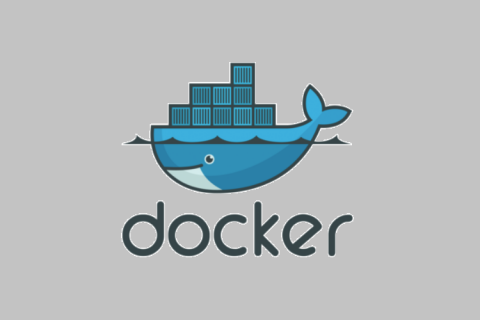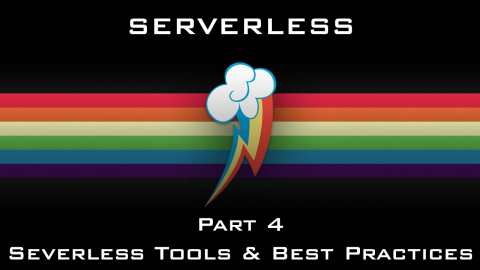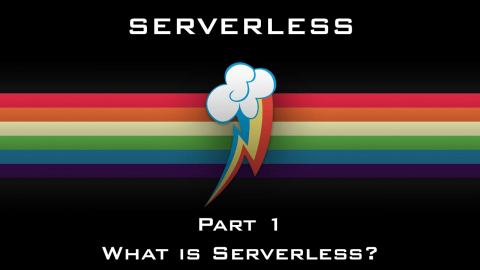3 Ways that Continuous Delivery and Incident Response Enable Fast Feedback
One of the most impressive books on DevOps, “The DevOps Handbook”, emphasis three fundamental principles underpinning DevOps: systems thinking, amplify feedback loops, and continual experimentation & learning. Amplifying feedback loops is described as creating the right to left feedback loops, which helps corrections to be made continually, by Gene Kim in his blog post. But, let’s start with why we should do this in the first place.











